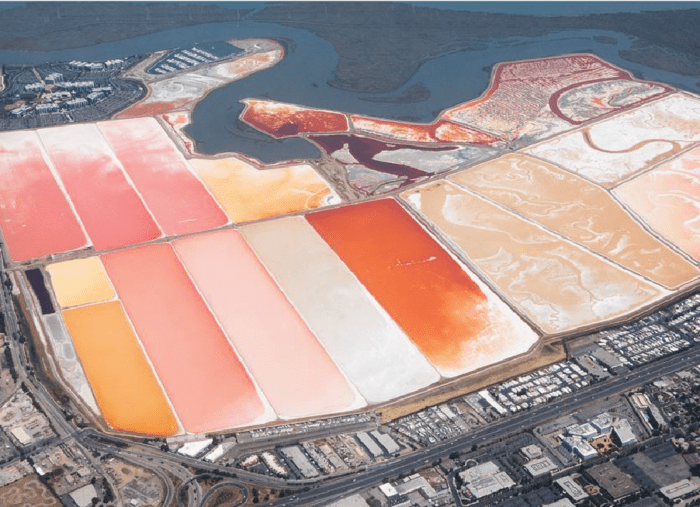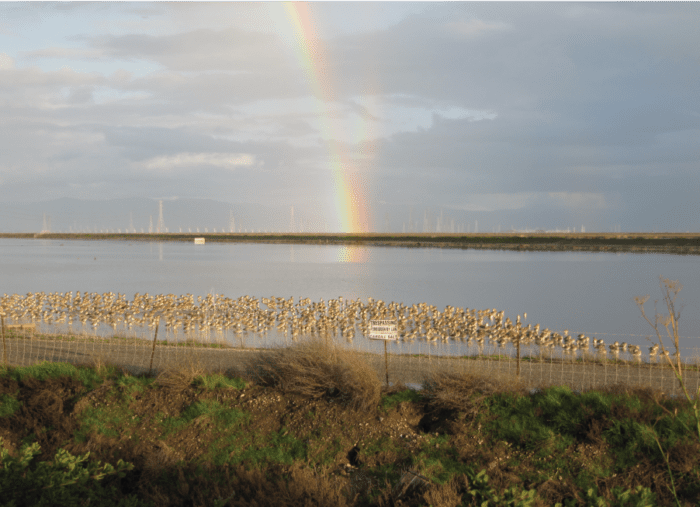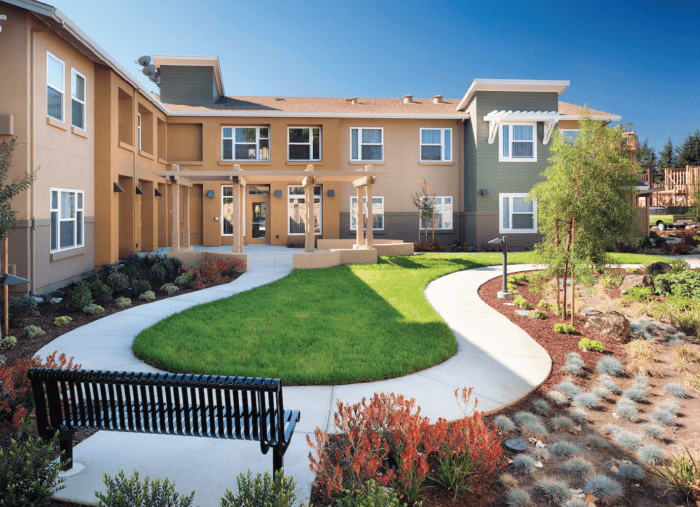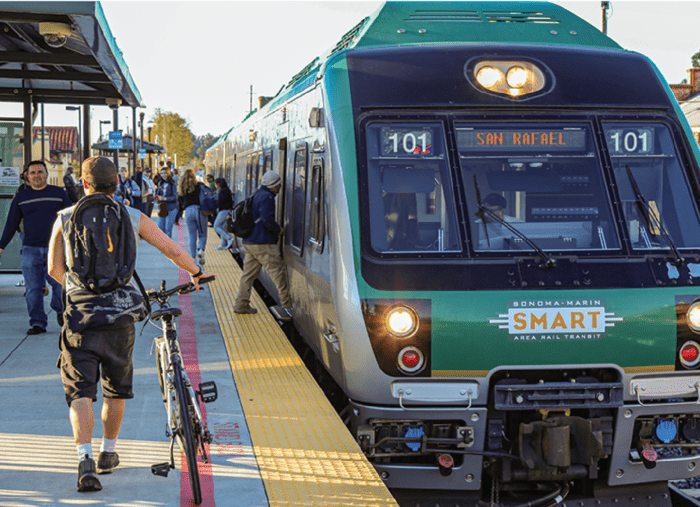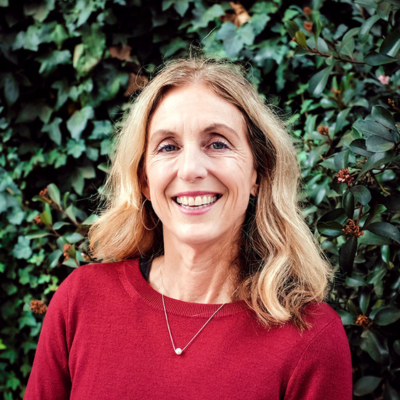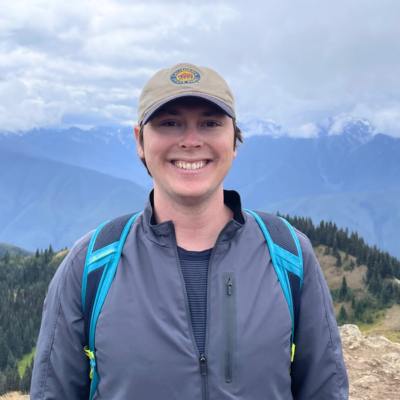Advocate For Our Region
Calling for policies and funding to create a resilient, sustainable, and equitable Bay Area.
Climate change is being called “the existential threat of our time,” and few refute it. We live with its evidence—its urgency—every day. Rising seas. Devastating wildfires. Extreme heat. Extended droughts. Destruction of habitat. Social injustice, with the worst environmental impacts falling on disadvantaged people and communities of color.
How do we accelerate action and grow to solve these challenges? It will take all of us. The future integrity of San Francisco Bay requires upstream solutions: attention to the land, waterways, and human communities that form the Bay’s watershed. Learn more about the challenges and opportunities facing San Francisco Bay and discover how Save The Bay is working to create a resilient region.
San Francisco Bay Sea Level Rise & Flood Strategy
Climate change doesn’t just mean a warming planet. It brings with it rising tides and more extreme weather events that endanger communities globally. Bay Area governments must create a climate-resilient regional plan for sea level rise and flooding. Our San Francisco Bay Sea Level Rise & Flood Strategy will guide our advocacy on regional flood resilience planning and help us create a more resilient region.
Explore our Latest Work
Building a More Resilient Bay
Sea Level Rise
The Bay Area will experience significant sea level rise by mid-century – increasing the risk of flooding, economic impacts, and water contamination. Save The Bay works to restore tidal marshes and employs other nature-based approaches to protect low-lying communities while improving the health and resilience of the Bay itself. We led the campaign to successfully pass Measure AA, which is currently funding large-scale wetland restoration projects across the Bay Area.
As sea level rise advances, this work must keep up. That is why Save The Bay advocates for increased state and federal funding while advancing policies to accelerate shoreline restoration and flood-safe development. Our efforts support an equitable, regional approach, where our most vulnerable communities are prepared for and protected from a rising Bay.
Sea Level Rise and the Redwood City Salt Ponds
For over 15 years, Save The Bay has led the effort to protect and restore the Redwood City salt ponds where the giant Cargill Corporation wanted to build a massive housing development on Bay wetlands. Adding this site to the Bay’s National Wildlife Refuge would benefit endangered species and provide natural flood protection for adjacent communities.
As sea level rise advances, this work must keep up. That is why Save The Bay advocates for increased state and federal funding and regulations to accelerate shoreline restoration and flood-safe development.
Urban Greening
Many communities in the Bay Area, particularly formerly redlined communities and communities of color, lack greenery and natural elements in their neighborhoods. As our climate changes, these areas now suffer from increased urban heat, compromised air quality, and greater risk of flooding. Save The Bay advocates for equitable urban greening and green stormwater infrastructure – including green streets, urban tree canopy, green roofs, and rain gardens – in areas that have historically lacked access to nature. Doing so brings nature back into our neighborhoods, helps cities adapt to the changing climate, improves water quality in the Bay and lowers flood risk by utilizing natural filtration systems for stormwater runoff, and transforms streets into walkable, healthy, transit-oriented urban areas. As our cities grow, green infrastructure helps ensure that all communities remain healthy and safe.
Pollution Prevention
San Francisco Bay is a precious, unique place but it faces daily pollution threats that degrade water quality and harm wildlife. Save The Bay advocates for strong policies to prevent Bay pollution at the source. We have led successful campaigns to reduce litter and continue this work to prevent trash pollution from cities and roadways that impact the Bay through stormwater runoff. As new sources of pollution are identified, we continue to advocate for new pollution controls, and for the strong enforcement of state and federal laws designed to protect the health of the Bay for the people and wildlife who call it home.
Pollution Facts
Learn more about the threats impacting the health of San Francisco Bay
-
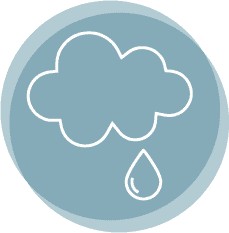
Stormwater Runoff
This is the largest source of pollution to San Francisco Bay, carrying trash, oil, bacteria, pesticides, chemicals, and other toxins directly into the Bay
-

Microplastics
7 trillion microplastics are estimated to enter San Francisco Bay every year, the majority of which are thought to come from tire residue on roadways.
-

Mercury
Mercury, primarily used during the gold rush, continues to pollute the Bay and cause serious illness for wildlife and humans.
-

PFAs
These so called “forever chemicals” are only beginning to be studied but samples have already shown persistent levels in Bay fish.
-

PCBs
Polychlorinated Biphenyls were banned decades ago, but municipal and industrial runoff continue to contribute to PCB contamination in the Bay.
-
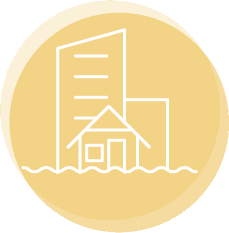
Hazardous Waste
At least 440 designated hazardous waste facilities are located near the shoreline. With sea level rise these sites will endanger water quality, communities, and wildlife
Housing & Transportation
The Bay Area is one of the most beautiful places in the world and it’s no surprise that people are drawn to live here. By 2040, the region’s population is expected to grow by 1.5 million people. Development practices of the past no longer work to meet the needs of the future. We must forge change to protect the Bay and its communities.
Save The Bay works with partners to support a new vision for the Bay Area. We support:
- Affordable and inclusive housing development near transit
- Policies that increase housing supply in cities
- Urban areas designed to promote walking, bike and transit use
- Equitable and inclusive planning processes
Take Action Today
Now that you’ve learned about the issues facing our region, go a step farther and make your voice heard. Together, we can multiply our power to protect and restore San Francisco Bay.

